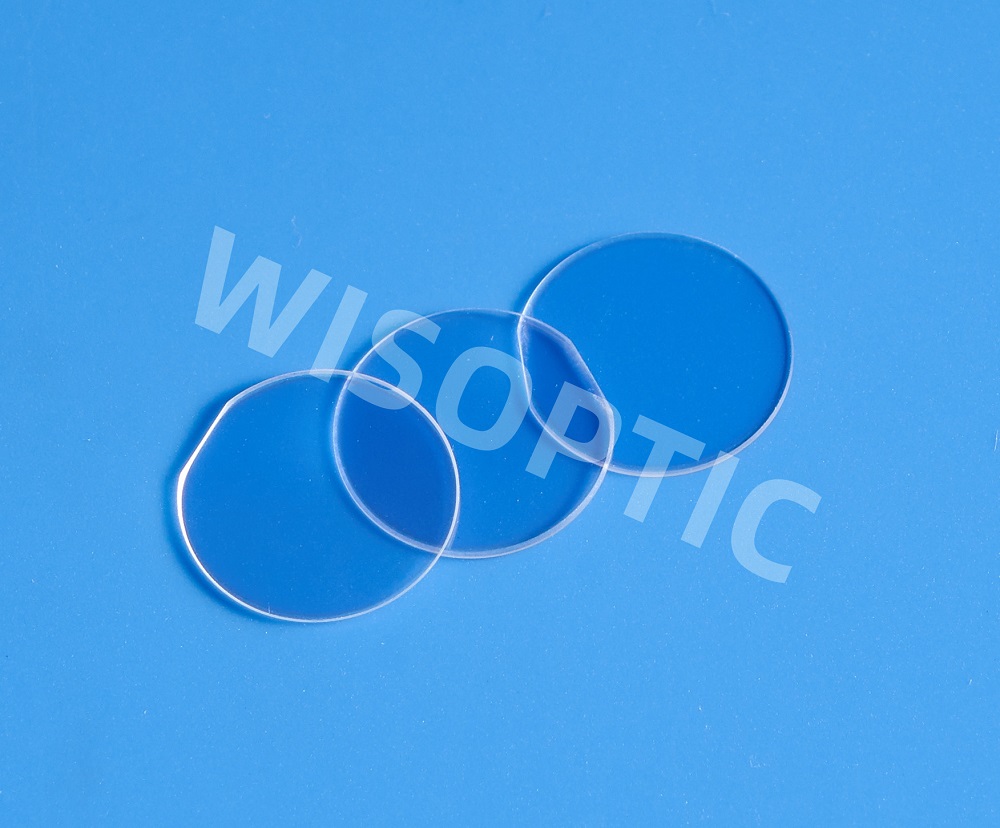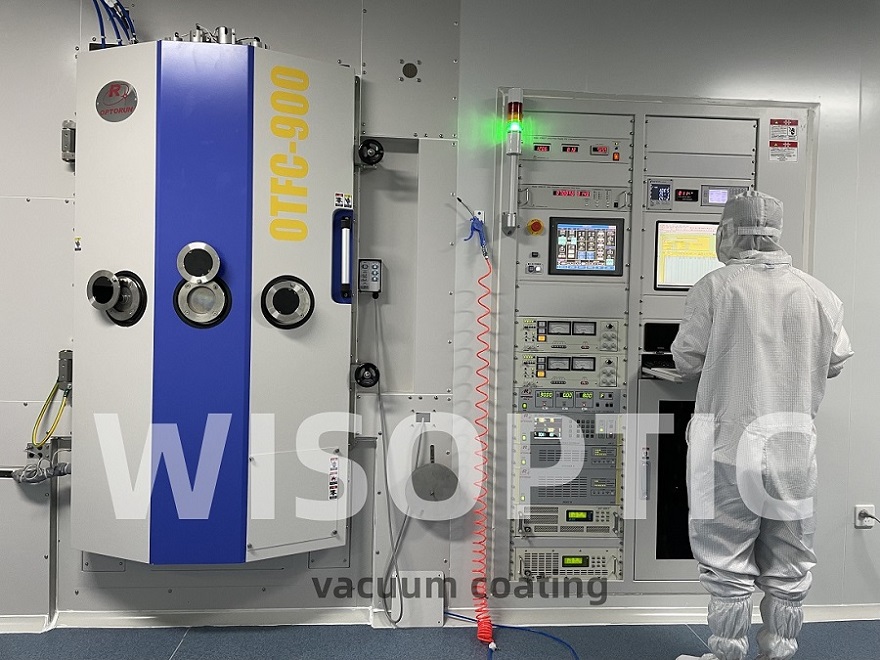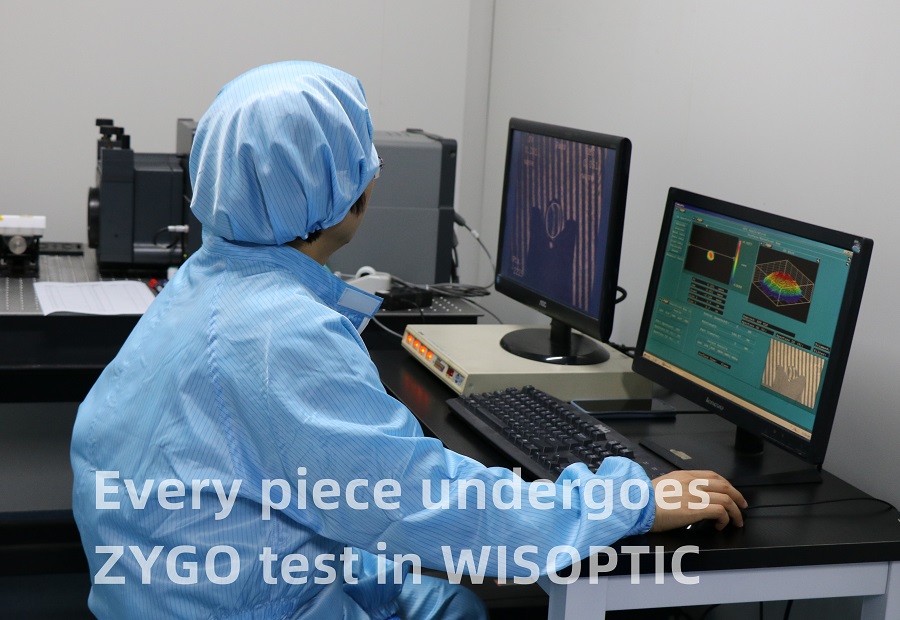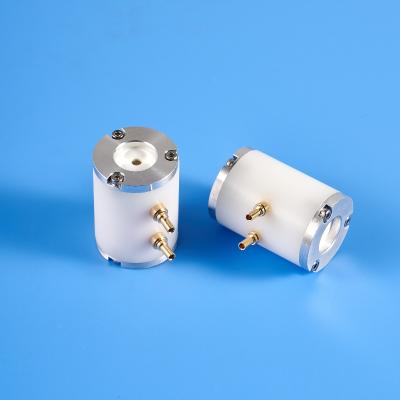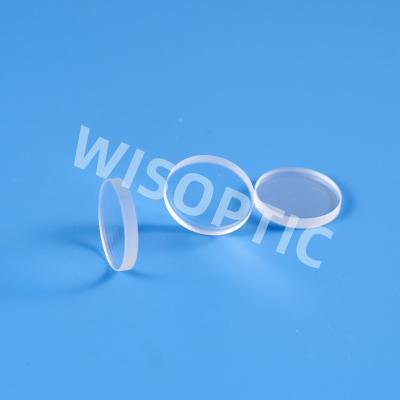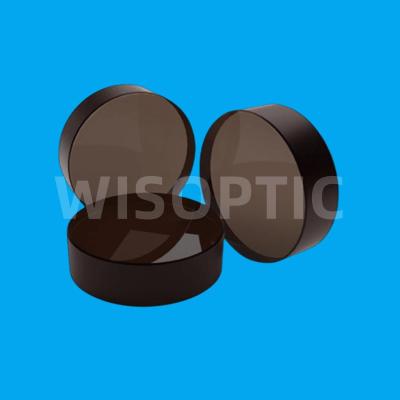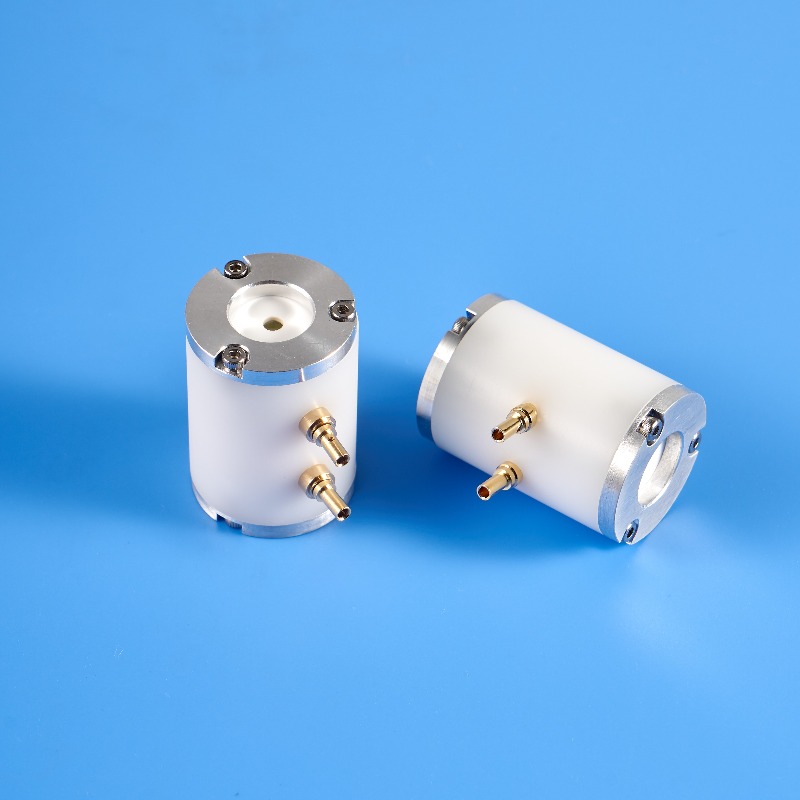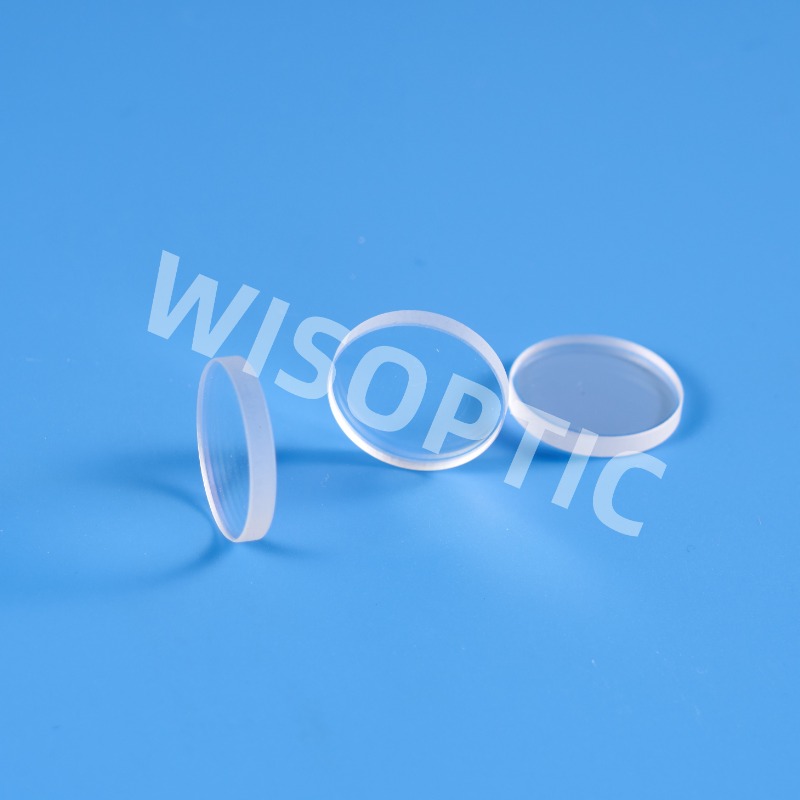Phase Retardation Plates for Lasers
• Options suitable for the UV, visible and near-infrared (NIR) (0.7 to 1.5 μm) wavebands.
• Variety of waveplates with crystalline or polymer materials, including multiple order, zero order, or achromatic waveplates.
• True zero order plates mounted on an annular glass frame.
• Wide choice of zero-order, multiple-order and low-order waveplates made from crystalline quartz.
• Dual-wavelength waveplates for Ti:sapphire, Yb:KGW/KYW and Nd:YAG lasers, and achromatic waveplates for tunable lasers.
Phase retardation plates, or waveplates, are polarizing
optics used to manipulate the polarization state of the transmitting
light without attenuating, deviating, or displacing the light. The
working principle of the plate is to utilize
the birefringence of certain materials which separates the incident
light beam into two beams along two orthogonal optical axes within
the medium. The phase retardation between the two beams of the incident light contributes to changes in the
polarization state. It is possible to control the phase shift between the two
polarization beams of a light wave, by adjusting the thickness of
the waveplates. Some external factors, such as the variation of
wavelength, ambient temperature, and the angle of the incident might all could effect on the retardation of waveplates or retarders.
Low-order waveplate
The properties of low-order waveplate are much better than
the multi-order waveplate because of its thinner thickness (less than
0.5mm). Better temperature (38°C), wavelength (1.5nm) and incident angle
(4.5°) bandwidth and high damage threshold make it widely used in
common application.
Zero-order waveplate
Zero-order waveplate is constructed of two multi-order
waveplates with their axis crossed. Thus, it performs as a zero-order
waveplate because of the effect of two plates counteracting each other.
It has wide temperature bandwidth and wavelength bandwidth properties. The damage threshold must be considered (about 10kW/cm2) when use the zero-order waveplates, because they are cemented.
Cemented True Zero-Order Waveplate
The
true zero-order waveplate means that the thickness of waveplate is very
thin (less than 0.1mm) which make them
excellent in temperature, wavelength and incident angle (about 20º)
bandwidth. Therefore, they are excellent choice for the highly accurate
application. This kind of waveplate is cemented with a block of glass which is limited to
low and medium power application.
Half (λ/2) Waveplate
After passing through the λ/2 waveplate, the linearly polarized light is still linearly polarized, however, there is angle difference (2θ) between the vibration plane of the combined vibration and the vibration plane of the incident polarized light. If θ=45°, the vibration plane of the exit light is perpendicular to the vibration plane of the incident light, that is, when θ=45°, the λ/2 waveplate can change the polarization state by 90°.
Quarter (λ/4) Waveplate
When the angle between the incident vibration plane of polarized light and the optical axis of the waveplate is θ=45°, the light passing through the λ/4 waveplate is circularly polarized. Otherwise, after passing through the λ/4 waveplate, a circularly polarized light will be linearly polarized. A λ/4 waveplate has equal effect with a λ/2 waveplate when it allows the light to pass through twice.
WISOPTIC Specifications - Waveplates
Standard | High Precision | |
Material | Laser-grade crystalline quartz | |
Diameter Tolerance | +0.0/-0.2 mm | +0.0/-0.15 mm |
Retardation Tolerance | ± λ/200 | ± λ/300 |
Clear Aperture | > 90% of central area | |
Surface Quality [S/D] | < 20/10 [S/D] | < 10/5 [S/D] |
Transmitted Wavefront Distortion | λ/8 @ 632.8 nm | λ/10 @ 632.8 nm |
Parallelism (single plate) | ≤ 3” | ≤ 1” |
Coating | R<0.2% at central wavelength | |
Laser Damage Threshold | 10 J/cm² @ 1064 nm, 10 ns, 10 Hz | |
Multiple Order – In multiple order waveplates, the total retardation is the desired retardation plus an integer. The excess integer portion has no effect on the performance, in the same way that a clock showing noon today looks the same as one showing noon a week later – although time has been added, it still appears the same.
Although multiple order waveplates are designed with only a single birefringent material, they can be relatively thick, which eases handling and system integration. The high thickness, though, makes multiple order waveplates more susceptible to retardation shifts caused by wavelength shift or ambient temperature changes.
Multiple order waveplates are ideal for use with monochromatic light that deviates less than 1% of the waveplate’s design wavelength.
Zero Order – In zero order waveplates, the total retardation is the desired value without excess. For example, Zero Order Quartz Waveplates consist of two multiple order quartz waveplates with their axes crossed so that the effective retardation is the difference between them.
Zero order retarders offer high performance over wider wavelength or temperature ranges.

